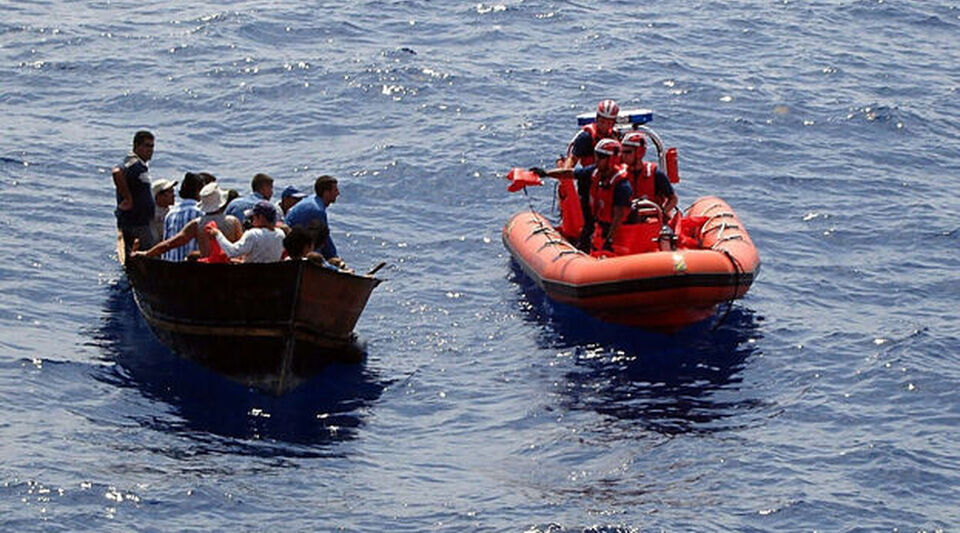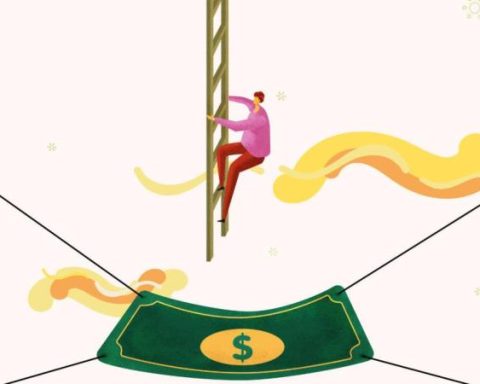The decisions in stock markets may seem very complex in the movies, but the reality is that investors They always try to make it as simple as possible. For this, they rely on various tools that they use, as well as their intuition and economic expectations.
The financial ratios they are among the most widely used tools in the markets. Investors, who on some occasions tend to have identified their favorite ratio (and on some others more than one) take the company’s figures to create a basis for comparison with other companies in the sector or similar.
Among the most used ratios we have the ratio price-benefit either PER (Price to Earnings Ratio). It is a number that is intended to clearly express the relationship between the price of a company and the profits of the business: that is, the market’s confidence in profit growth.
Calculation and use
The PER is calculated with a simple division that can be done in two ways: the first is dividing the capitalization value of a company (sum of all shares) between the annual net profit and the second is obtained with the price of a share and the earnings per share (BPA) reported by the firm.
“The Price to earnings allows us to compare the price of a share with the income that the company generates for each share. It is a question of profitability, it tells us if the company’s share is overvalued or undervalued compared to companies in the same sector”, explained the local firm Marlin Investment Group.
A variant of the PER that attempts to look into the future, Marlin added, is taken based on the company’s expected earnings per share in its financial report. “The first PER measures behavior in the past and the second seeks to anticipate the future,” added the company’s Analysis department.
Once the number is obtained, it is possible to compare it with the PER of other companies and even with the PER obtained with the same company at other times in its history as an issuer. The objective is to try to identify an overbought or, better yet, an undervaluation in the share price.
The scope of the PER
Investors give different uses to the PER and there are many who consider that there are optimal levels that can be generalized to measure companies, for example, that below 13 would indicate weakness in the business and above 23 an excessive price. However, this use of PER is incorrect.
“The PER is an indicator of expectations,” recalls the Dutch firm ING, on its website. “If it is high, it indicates that investors are confident that the profit will grow at a good pace in the future. For this reason, they pay amounts much higher than the current benefit or that expected in the coming years”.
Regarding the use of future benefits in the calculation, it should first be considered that it will not be as reliable, since it does not take into account some factors such as interest rates: “the higher they are, the less the future is valued. Therefore, the price of the shares will be lower and, with it, also the PER”, he adds.
It is cited in books as an idea of Warren Buffet (one of the most successful investors) the concept of the PER as an initial approach towards an investment decision. But he would prefer to take annual earnings averages over several years, viewing the stock as a coupon with a variable yield.
The question, definitely, is to know the company in depth. The more data, the better decisions we can make: Any statement made about the PER must be understood within the context and evolution of the company and its price, as well as the economic environment, adds ING.
















